Simon Sinek’s first and most famous TED talk from 2009 was “How great leaders inspire action” (17:48), which led to his first book, Start with Why? Sinek gave his second TED Talk in 2014, “Why Good Leaders Make You Feel Safe” (11:46). He examined how leaders care for those they are leading by establishing psychological safety, creating a trusting work culture, and putting others in front of themselves. The talk was so popular that he expanded on it in his second book, Leaders Eat Last.
The title is inspired by the military practice of those with the highest ranks eating after being sure everyone in their command is fed and cared for first. Sinek’s underlying philosophy of leadership is “servant leadership”; that we operate best when we protect others and show empathy rather than use status to boss others around. It strikes us as a very Jesus-way of operating too – from he who said, “don’t take the important place at the table” (Luke 14:8). It is the kind of approach embodied in numerous stories that Sinek narrates, such as Johnny Bravo the pilot who supported troops on the ground despite limited visibility and risk to himself – prioritising the well-being of others. Sinek comments:
“Leaders are the ones willing to look out for those to the left of them and those to the right of them. … Leaders are the ones who are willing to give up something of their own for us. Their time, their energy, their money, maybe even the food off their plate. When it matters, leaders choose to eat last. … What makes a good leader is that they eschew the spotlight in favor [sic] of spending time and energy to do what they need to do to support and protect their people. And when we feel the Circle of Safety around us, we offer our blood and sweat and tears and do everything we can to see our leader’s vision come to life.” (pp. 82-83)
If the “Golden Circle” was the key image for Start With Why, then the key image of Leaders Eat Last is the “Circle of Safety”. Sinek argues a leader’s role is to create conditions where the team feels safe from internal threats such as competition, cynicism, paranoia, criticism, shaming, intimidation and self-interest, especially while we must also face external threats. The alternative is the “Circle of Threats” where such toxicity and politics confront us from within, not just as external dangers.
It is helpful the way Sinek suggests that if we circle the wagons and do our best to protect each other from external threats, we’ll have a better chance to not only survive but thrive. This kind of leadership is not about rank or position but instead about looking out for those on our right and left. In Sinek’s words again:
“[E]xceptional organizations all have cultures in which leaders provide cover from above and the people on the ground look out for each other. This is the reason they are willing to push hard and take the kinds of risks they do. And the way any organization can achieve this is with empathy.” (p.9)
Fascinatingly, Sinek examined how this kind of trust is developed and pointed to not only by anthropology but biology and the influence of neurochemicals. Dopamine and cortisol are labelled “selfish chemicals” in that they fuel short-term rewards rather than larger goals. Serotonin and oxytocin are “selfless chemicals” because we can’t release them alone, and they are often contagious. Bryan Smith insightfully applies this to ADF in his COVE article “Hormones and Teamwork: Why Military Leaders Eat Last”.
A number of Leaders Eat Last chapters could be a helpful resource for teams when facing particular issues:
- “Chapter 2: Employees Are People Too” – on why UB (Unacceptable Behaviour) is destructive to a culture of safety.
- “Chapter 3: Belonging” – on building a strong culture of belonging, shared values and trust.
- “Chapter 4: Yeah, but . . .” – how stress is related to lack of control and safety.
- “Chapter 7: The Big C” or the concept of Courage – on how stress undermines capacity for empathy in teams, and how safety at home and work diminishes stress and enhances wellbeing.
- “Chapter 9: The Courage to Do the Right Thing” – on teaching and trusting people to keep the rules (and to break them when it’s the right thing to do for others).
- “Chapter 15: Managing the Abstraction” – for giving personal interest, time and energy to your team to build trust and loyalty.
- “Chapter 19: Leadership Lesson 3: Integrity Matters” – addressing issues of organisational culture, especially trust and honesty, including when we disagree or make mistakes.
- “Chapter 24: The Abstract Generation” – unpacking the very real risks of loneliness and antisocial behaviour driven by a culture of instant gratification.
- “Appendix A: Practical guide to Leading Millennials” – outlining issues in leading this younger generation.
Leaders Eat Last is an inspiring resource for fostering a focus on people, culture, and development, as well as practical wisdom on building high-performance teams. Sinek addresses how safety at home and work diminishes stress and enhances wellbeing, how leaders can best give time and energy to their people, how teams can have a culture of integrity and honesty even in disagreement and mistakes, and how leaders can teach people not just to keep the rules, but to break them when needed to look after people. There is also valuable material for understanding the loneliness and antisocial behaviour driven by a culture of instant gratification.
For further background, watch “What ‘Leaders Eat Last’ means” (4:00).

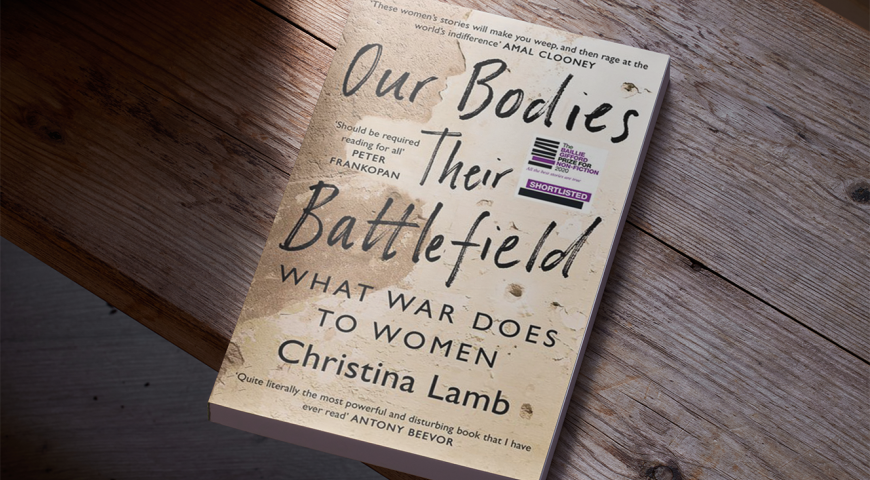
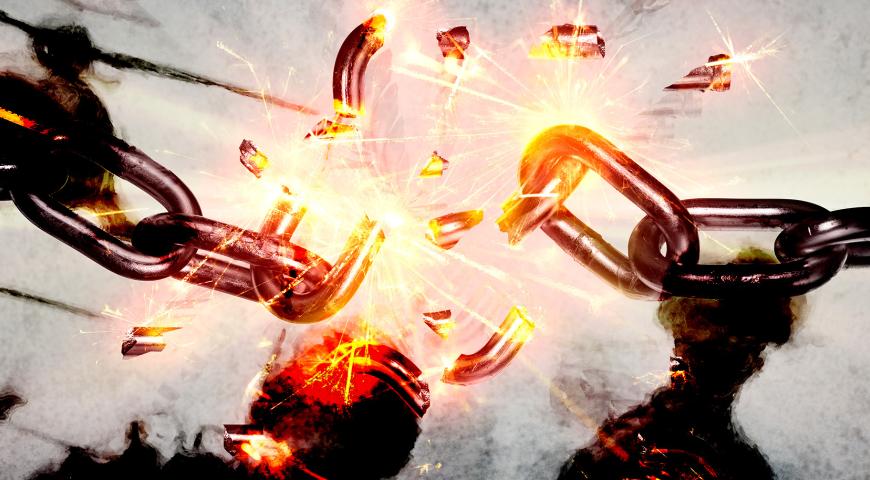
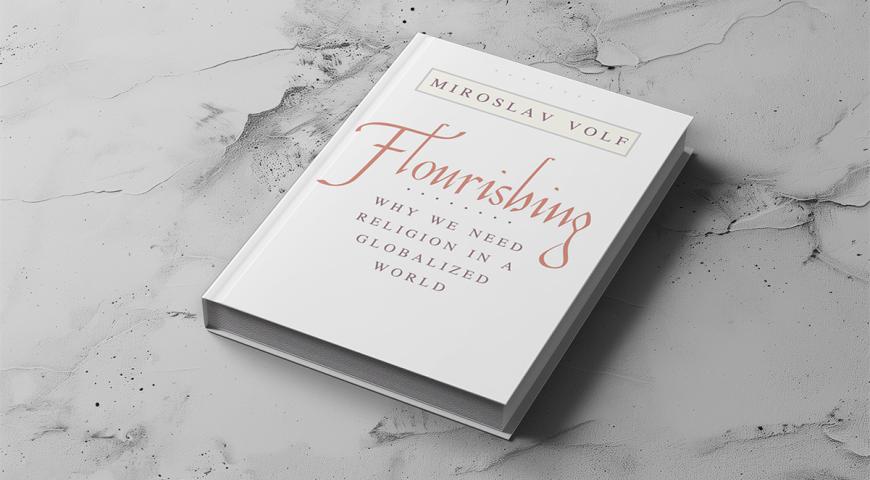
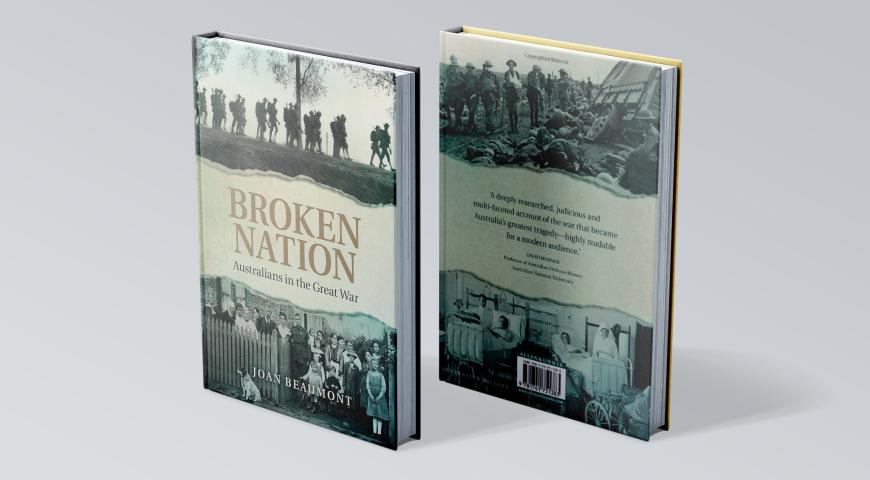


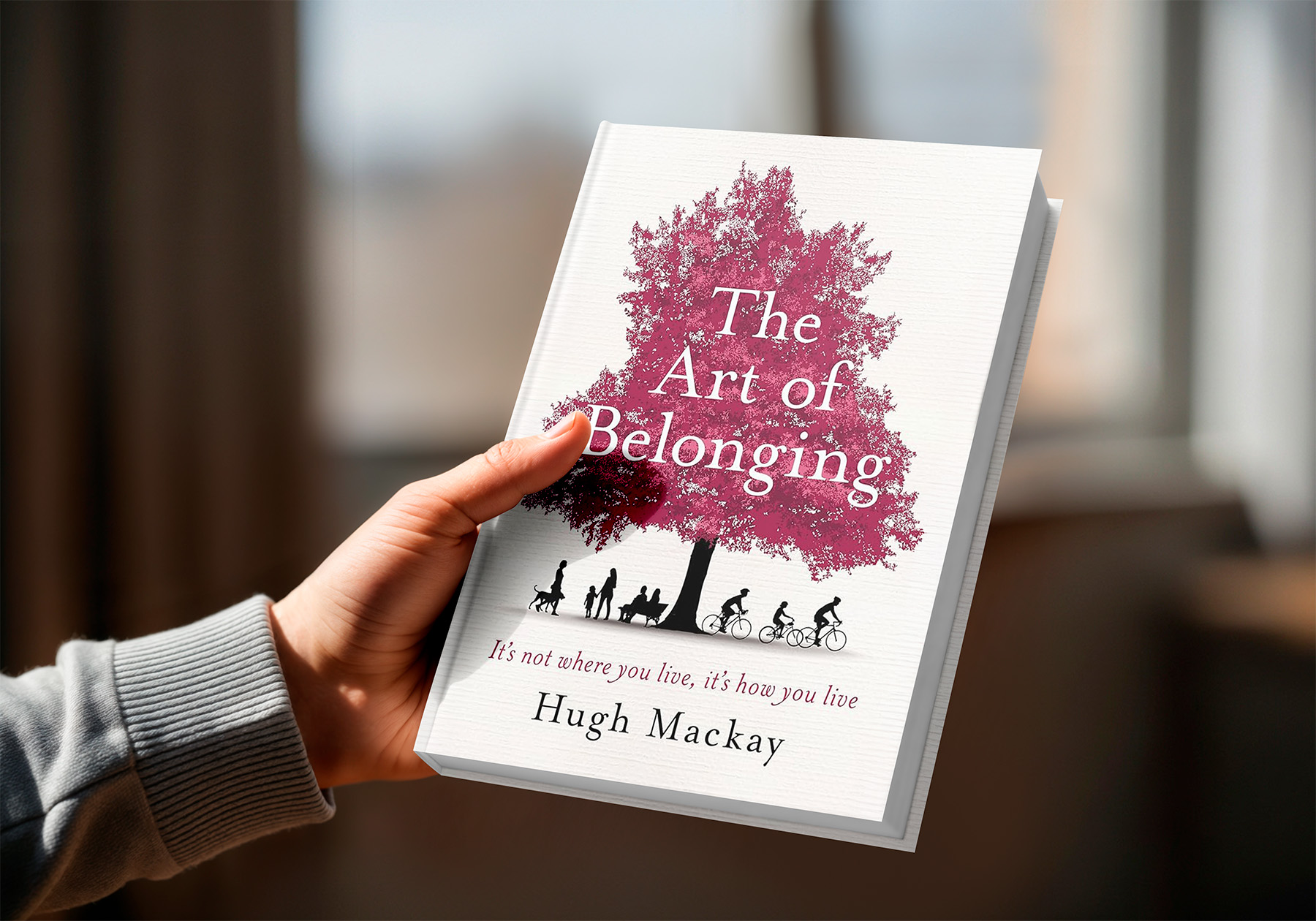






Comments
Start the conversation by sharing your thoughts! Please login to comment. If you don't yet have an account registration is quick and easy.